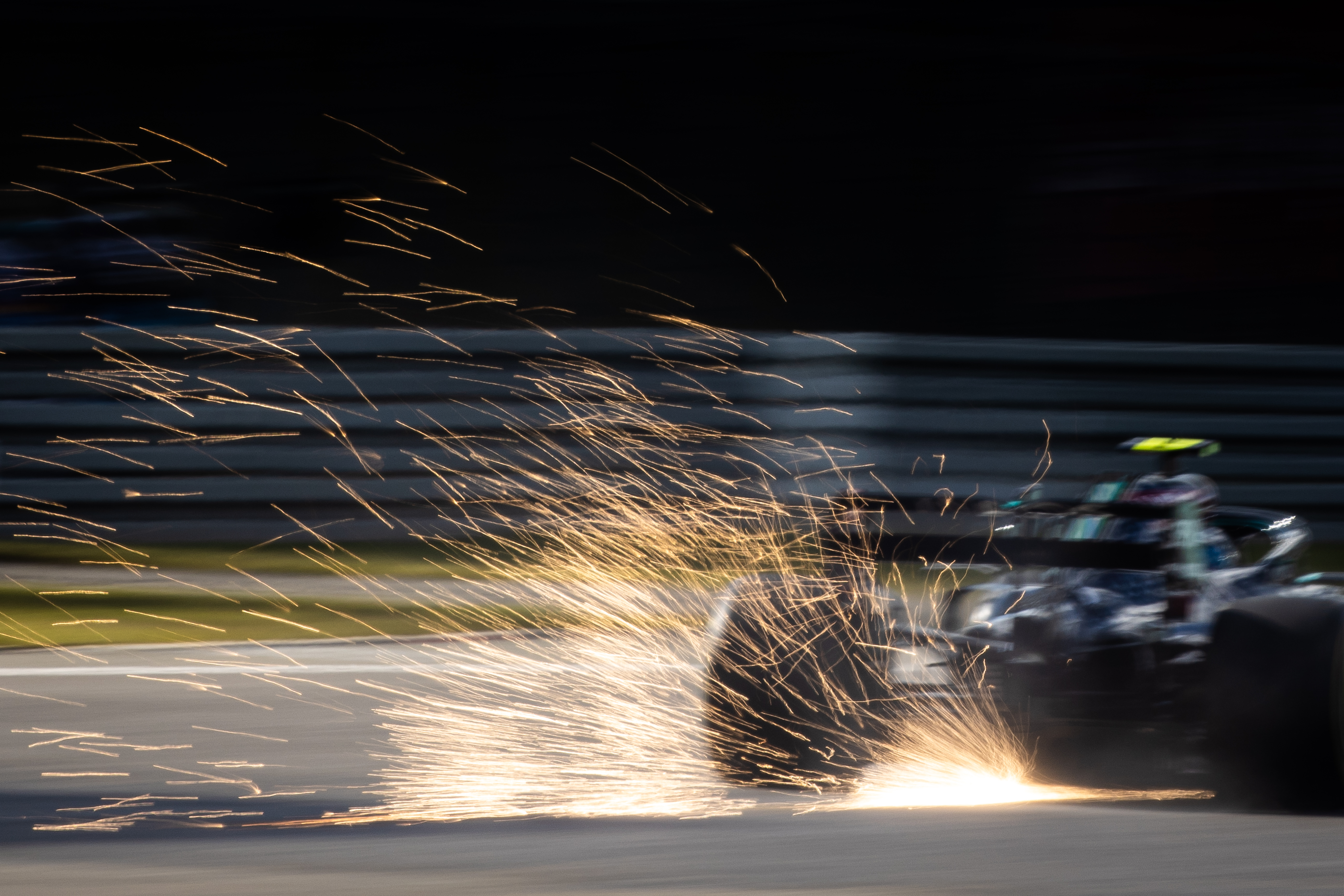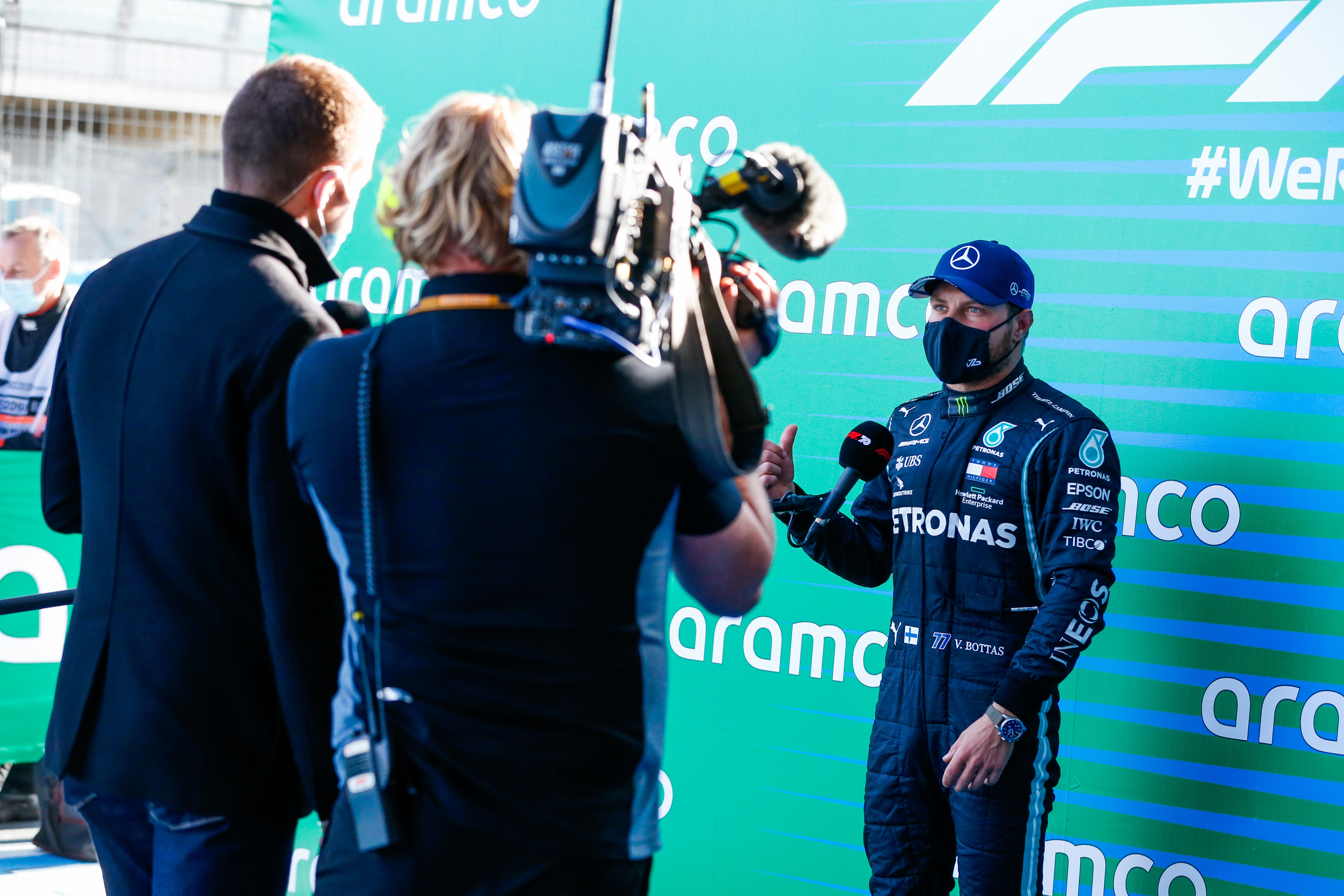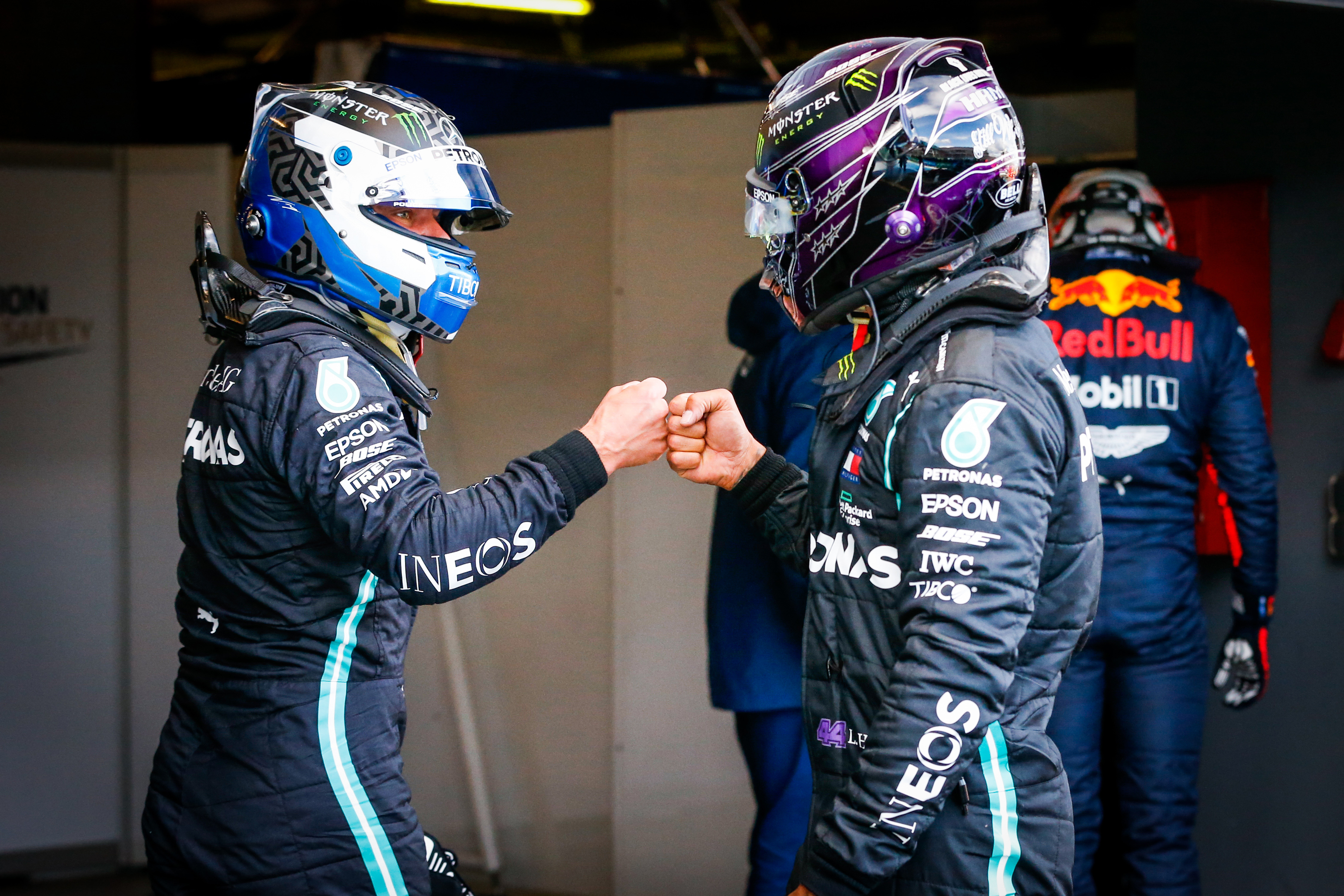Up Next

Qualifying at the Nurburgring was made for Valtteri Bottas. With just 60 minutes of practice and just a couple of hours’ break before diving into qualifying, we shouldn’t be surprised to see him taking pole position. After all, this situation plays to his strengths.
Bottas’s prowess on a Friday, which has earned him unofficial titles such as ‘green-track world champion’ or ‘FP1 world champion’ for several years, is very clear.
Where Bottas excels is in his capacity for picking up the grip levels very quickly and showing speed in lower-grip conditions.

That is one of the reasons he is so often strong in in the first practice session of a grand prix weekend. In 11 races this season, if you take FP3 for the Eifel Grand Prix as effectively the first session, he’s been fastest seven times.
It’s a trait that has come to the fore particularly strongly this season. While it’s always been there, in his previous three seasons with Mercedes he has only topped Friday morning practice seven times in total – although his excellence in such conditions was still clear, just as it was in his Williams days.
But this year, if you awarded points on practice one positions you’d get a very clear Bottas lead:
2020 ‘FP1 POINTS*’
1 Valtteri Bottas 234
2 Lewis Hamilton 164
3 Max Verstappen 150
4 Sergio Perez 92
5 Alex Albon 69
6 Charles Leclerc 69
7 Lance Stroll 62
8 Daniel Ricciardo 47
9 Esteban Ocon 30
10 Sebastian Vettel 27
*Includes Nurburgring FP3
Clearly, the objective of FP1 is not to set the fastest time possible so we can’t say the picture would be the same if everyone was chasing the best possible lap. No question, Lewis Hamilton also has the skillset to do well in such low-grip conditions.
But this fact doesn’t mean make that FP1/Bottas pattern irrelevant, especially as there are days when Bottas is outright happier than Hamilton on Friday.
His green-track excellence is not a new phenomenon and it sometimes shows through deeper into weekends when lower-grip surfaces are in play.

Watching the first free practice session for the 2016 Mexican Grand Prix on the inside of the first corner is a case in point. On a low-grip track, with downforce levels low thanks to the reduced air density, Bottas was superb on the brakes from very early in the first session. There are myriad examples of such moments from Bottas from watching trackside on Fridays over the past eight seasons.
It would be for clichés to suggest that, as a Finn, he’s used to this kind of thing given the caricature of those from that part of the world hurtling around in the ice shortly after learning how to walk.
“Luckily for me at a young age I found it really interesting, the process of getting quickly to a certain pace” :: Valtteri Bottas
But Bottas himself points to an aptitude and an enthusiasm for this challenge that appears to be rooted in his younger days.
Having earlier suggested that a reduced weekend schedule with just one free practice session might benefit some drivers, The Race then asked Bottas if he felt he was one of those drivers and why he excels with a little less practice.
“I don’t know if I’m any better than any other driver adapting to things,” he replied. “I’m sure every driver in Formula 1 [can] – you need to be hugely talented and highly reactive and adaptive to different conditions and to learn quickly corner by corner and lap by lap.

“But, I don’t know, I just really like it. I always like the process of finding the small details quickly and since a kid driving different kind of things, whether it was in ice and snow and all kinds of conditions, I always like that.
“Luckily for me at a young age I found it really interesting, the process of getting quickly to a certain pace.”
He undeniably worked his way to that certain pace more effectively than team-mate Hamilton at the Nurburgring, lapping 0.256s faster than the sister Mercedes in qualifying.
It was what might be termed an ‘even’ advantage as well, as Bottas had the edge in all three sectors. That said, just over 60% of his total time advantage was in the first sector, so perhaps that feel for conditions played a big part when it came to judging the braking point for Turn 1.
There are also other factors at play beyond simply an ability to judge the grip levels as the track evolves rapidly earlier in the weekend. The nature of the grip also changes.
Bottas seems to benefit from having that fraction of extra time to feel the car on corner entry and load it up fractionally more progressively. Hamilton at his best has an astonishing ability to get the car rotated quickly at corner entry.

As tracks get grippier, it can favour Hamilton’s capacity to anticipate exactly how the car will respond. That means you can argue his more proactive skillset overall is more relevant in those conditions, and the statistics of the past three-and-a-half seasons support that.
But these are tiny differences – as you’d expect given this is a pair of drivers often separated by less than a tenth of a second in identical machinery in qualifying. What the Nurburgring offered was a rare chance to test the hypothesis that such low-grip circumstances should suit Bottas – and it proved to be the case.
On balance, it’s not an especially useful strength to have given Friday practice counts for nothing. But at the Nurburgring, Bottas made the most of the chance presented – and has more reason than ever to look forward to the two-day event at Imola at the start of November.




